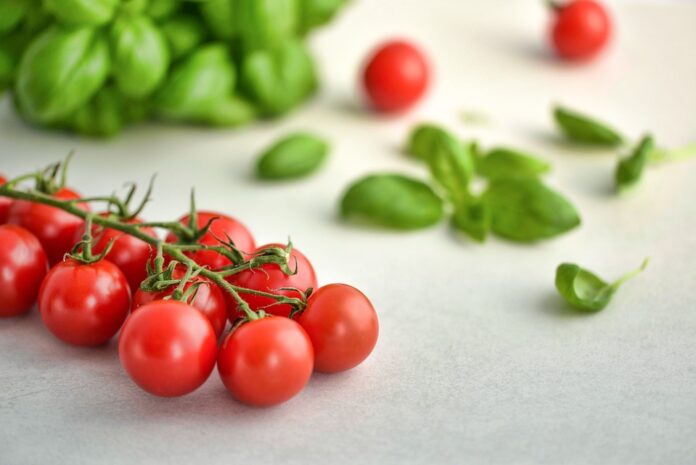The Environmental Working Group (EWG) is a non-profit organization that focuses on research and advocacy in the areas of public health and the environment. One of their most well-known resources is the Dirty Dozen Guide to Food Chemicals, which highlights the top 12 chemicals commonly found in food that consumers should avoid. These chemicals have been linked to a variety of health issues, including cancer, hormone disruption, and reproductive problems.
The EWG’s Dirty Dozen Guide is based on extensive research and analysis of scientific studies on the effects of these chemicals on human health. The guide is updated regularly to reflect the latest research and findings in the field of food safety. By providing consumers with information about these harmful chemicals, the EWG aims to empower individuals to make informed choices about the food they eat and the products they use.
One of the chemicals on the Dirty Dozen list is glyphosate, a widely used herbicide that has been classified as a probable human carcinogen by the World Health Organization. Glyphosate is commonly used in agriculture to control weeds, but residues of the chemical can also be found in food products, such as grains, fruits, and vegetables. Studies have linked glyphosate exposure to an increased risk of cancer, as well as other health problems.
Another chemical to avoid is bisphenol A (BPA), which is used in the production of plastics and can linings. BPA has been linked to hormone disruption, reproductive issues, and an increased risk of certain cancers. Despite these health concerns, BPA is still found in many food and beverage containers, as well as receipts and other products. Consumers can reduce their exposure to BPA by choosing BPA-free products and avoiding canned foods with BPA linings.
Other chemicals on the Dirty Dozen list include phthalates, perchlorate, and artificial colors and flavors. Phthalates are commonly used in plastics and personal care products, and have been linked to hormone disruption and reproductive issues. Perchlorate is a chemical used in rocket fuel and fireworks, and has been found in drinking water and food products. Artificial colors and flavors, commonly found in processed foods, have been linked to hyperactivity in children and other health issues.
In conclusion, the EWG’s Dirty Dozen Guide to Food Chemicals is a valuable resource for consumers who want to make healthier choices about the food they eat. By avoiding these top 12 chemicals, individuals can reduce their exposure to harmful substances and protect their health. It is important to stay informed about the latest research on food safety and to advocate for policies that protect public health and the environment.















